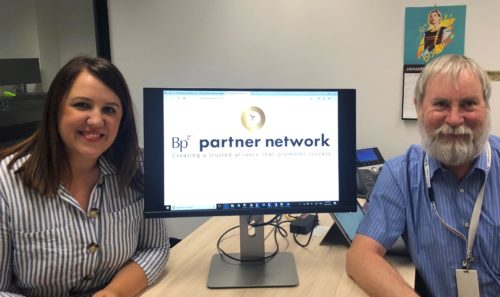At a glittering Awards Ceremony on Saturday night, Best Practice Software was announced as Business of the Year at the Bundaberg and District Chambers Business Excellence Awards.
The company also received the Manufacturer of the Year Award and its Manager, Marketing, Communications and Events, Trish Mears was awarded the Lifetime Achievement Award.
Best Practice Chief Operating Officer Craig Hodges said the entire team was delighted with the result.
“I’m so humbled to accept these awards in manufacturing and business excellence on behalf of a greater team of more than 150 people who make a tireless contribution each and every day†Mr Hodges said.
“More than recognition of our team’s efforts though, I think this award as a major local manufacturing business cements the Bundaberg region’s place as a regional innovation capital in Australia with a strong health-tech focus. This regional economy has been built on sugar cane, small crops, distilled spirits, and light manufacturing, but we’ve proven its place as an IT and health-technology contributor to Australia and New Zealand. It also shows that regional Australia has an important place in developing cutting-edge technology with global potential†Mr Hodges added.
Mr Hodges paid tribute to the vision and direction of the business’ founders, Dr Frank & Lorraine Pyefinch and his team of software design, development, sales, and support professionals located throughout Australasia. “We have assembled a great team, who are entirely focussed on quality innovative health technology products and service, and their contribution underpins our award winsâ€.
Mr Hodges was especially pleased with the Chambers’ acknowledgement of the efforts of Trish Mears, adding “Trish exemplifies everything that’s great about our values – care for others, engagement within the community, people-focus, and active contribution to medical training and positive clinical outcomes. Trish is a true local champion, and I’m very proud of everything she contributes to the local communities in which we operateâ€.
(Photo L to R: Bp’s GM Customer & Commercial Janet Whitmore, BUSY At Work’s Betty Lappin and Bp COO Craig Hodges. Photo thanks to Sabrina Lauriston)










